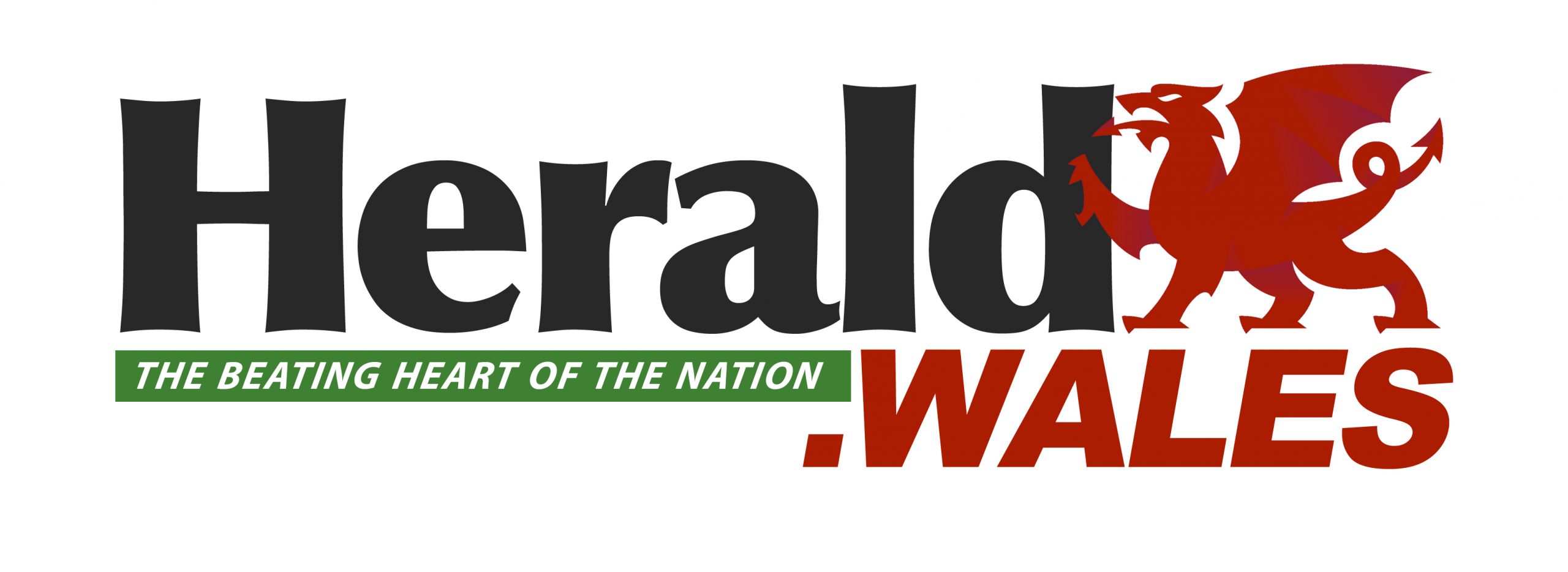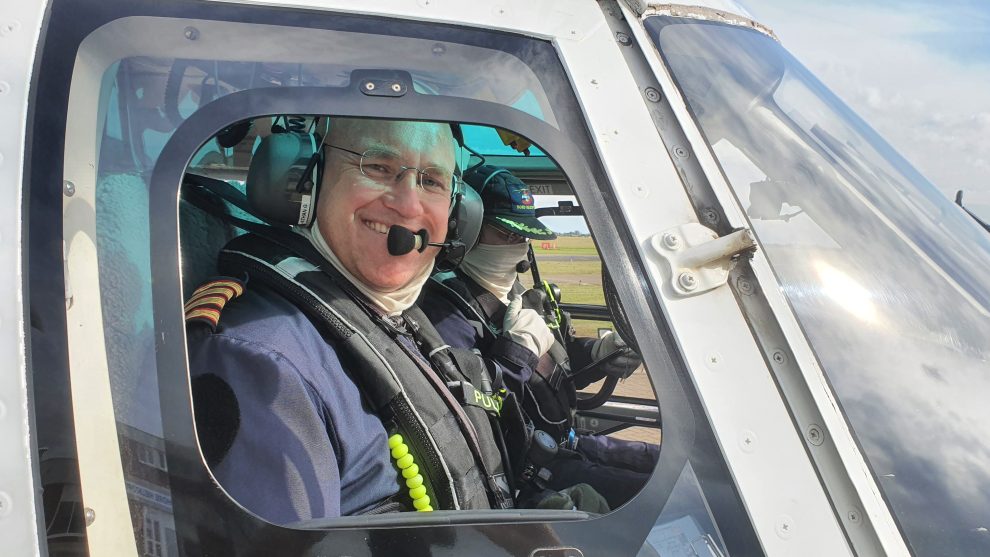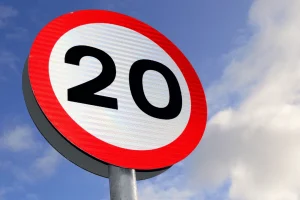AT WALES AIR AMBULANCE, pilots play an important part of the critical care team. After all, no pilot means no helicopter.
Wales Air Ambulance currently has 22 pilots working across the Charity’s bases. They fly across the length and breadth of Wales and are on standby 24/7 365 days of the year.
One of these pilots is Nathan Griffith, he joined the charity in March and works at the Caernarfon base. Before that, he flew Air Ambulance and HEMS in Scotland and was a Training Captain flying to Oil and Gas platforms offshore.
Here, he tells us about how he became a pilot and what he enjoys about working for the lifesaving Charity.
Nathan said: “The short story is that I had my aeroplane private pilot’s licence with a view to further training and flying for a career. Bond aviation group at the time, set-up an Ab-initio helicopter sponsorship scheme with the opportunity of employment afterwards, I applied and somehow managed to pass the interviews, selection tests and training.”
Growing up in North Wales inspired Nathan to become a pilot after’ seeing the various military aircraft flying about’. He states that his most enjoyable part of his role is ‘flying the amazing state of the art H145 helicopter’ for the Wales Air Ambulance.
The Wales Air Ambulance Charity needs to raise £11.2 million every year to keep its fleet of helicopters in the air and rapid response vehicles on the road.
Reflecting on how rewarding working for the 24/7 all-Wales lifesaving service, Nathan added: “Flying Air Ambulance/HEMS is one of the most rewarding jobs in aviation, and for a Welshman flying in Wales on behalf of the Wales Air Ambulance Charity is a particular privilege. Having had ambitions to fly for the Charity in Wales for so many years, walking into the hanger for my first flying shift at Caernarfon was quite memorable.”
Wales Air Ambulance is consultant-led, taking hospital-standard treatments to the patient and, if required, transferring them directly to the most appropriate hospital for their illness or injury. For the patient, this can mean hours saved when compared to standard care and is proven to greatly improve survival and early recovery.
It is delivered via a unique Third Sector and Public Sector Partnership. The Emergency Medical Retrieval and Transfer Service (EMRTS) supplies highly skilled NHS consultants and critical care practitioners who work on board the Charity’s vehicles.
As a pan-Wales service, the dedicated air ambulance crews, regardless of where they are based, will travel the length and breadth of the country to deliver emergency lifesaving care.
So what advice would Nathan, who enjoys the views of being a pilot, give to someone thinking of going into the industry – he said: “Firstly, if you want to fly commercially, make sure you can meet and pass the CAA Class 1 medical requirements. Get involved in aviation someway whether it be Air Cadets, gliding, working/volunteering at your local airfield. Consider the military route because they pay for your training and keep an eye on any sponsorship schemes that are advertised or save very hard and pay for your own training.”













